In September, we visited “Kinosaki Onsen” (Kinosaki hot spring) having a history of about 1300 years and being visited by many famous Japanese writers and artists.
We rode in a limited express train named “Konotori” (Stork) which left at 9:10 am from JR Osaka Station and reached “Kinosaki Onsen” station around noon.
The left is a map of “Kinosaki Onsen.”
“Kinosaki Onsen” station.
We saw a bronze statue of a stork, which is a symbol of this town, when entering the ticket barrier (wickets).
The shopping street near the JR station crossed a river (Otani river) when we walked for a few minutes from the station.
Three-story wooden buildings (which are Japanese-style hotels) stood on both sides of the Onati river, willow trees were lined along the river. Here is the center of “Kinosaki Onsen.”
“Kinosaki Onsen” is famous for “Soto-Yu* meguri (tour).” The town has 7 “Soto-Yu” houses. If you stay a hotel in the town, you can get a free ticket for entering the 7 “Soto-Yu” houses.
*Soto-Yu: A public bath house having no lodging facility, located in a spa town.
The following photographs show the entrances of the 7 “Soto-Yu” houses in “Kinosaki Onsen.”
A boy looked at the river, and so I also looked at the river. Gorgeous carps were swimming leisurely in the river.
This is the “Shisho” Jinjya (Shinto shrine).
The fine Japanese-style hotel is “Nishimuraya.”
This is “Mikiya” at which Shiga Naoya, who is a famous Japanese novelist, wrote “Kinosaki nite (at Kinosaki).”
As we walked along the main street of the town, we finally arrived at an old Buddhist temple, “Onsenji.” The “Onsenji” temple has precincts extending throughout the mountain, in which the Yakushi-do hall stands at the lower part of the mountain, the main hall and a two-storied pagoda stands at the middle part, and the inner hall stands on the top of the mountain.
This is “Nio-mon,” a temple gate guarded by two Nio (guardia) statues.
The Yakushi-do hall, deifying Yakushi Nyorai (Bhaisajyaguru), had extravagant paintings on the ceiling.
We went to the top of the mountain by cable car (Kinosaki Onsen Ropeway). It took about 10 minutes to reach the top. The gradient was so sharp!
The view of “Kinosaki Onsen” from the top of the mountain. As you see this angle, “Kinosaki Onsen” is formed in a valley between two rivers. Sea of Japan can be seen on the left side of the photograph.
“Onsenji” temple has the old wooden buildings (It is said that the “Nio-mon” and the two-story pagoda were built about 300 years ago, and the “Yakushi-do” hall and the main hall were built about 700 years ago), which are worth seeing.
This is the sealed calligraphy of the Onsenji Temple.
We toured “Kinosaki Onsen” to visit the “Soto-Yu” at night. The streetlights were lit up, the light flowed from the Japanses-style hotels, and tourists in yukata* peacefully walked along the street, this is just the atmosphere of “Kinosaki Onsen.”
*Yukata: An informal cotton kimono for summer wear
On the next morning, we took a stroll before breakfast.
The cycling tournament was to be held on that day.
This road is a cherry-tree-lined path. There were many monuments on which poems were written.


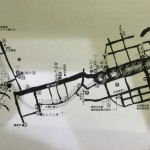
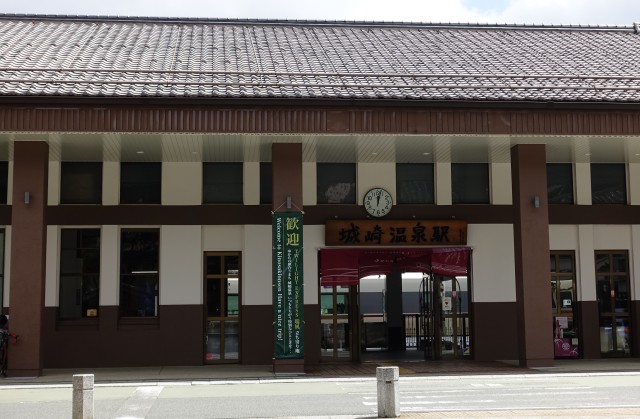
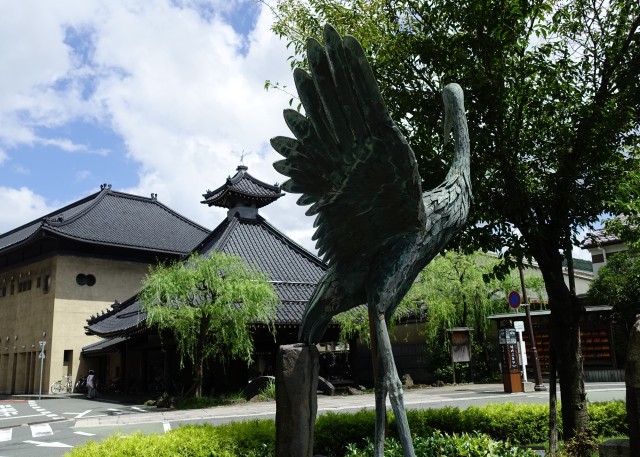
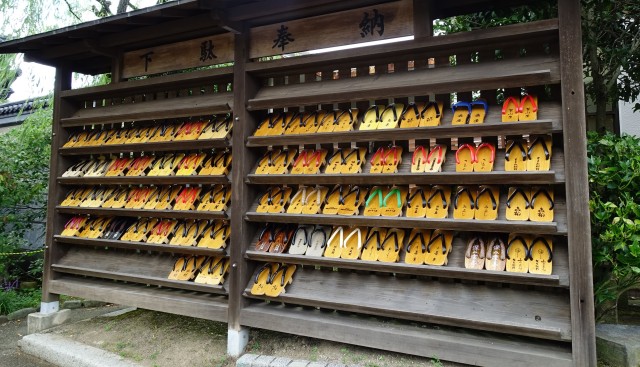
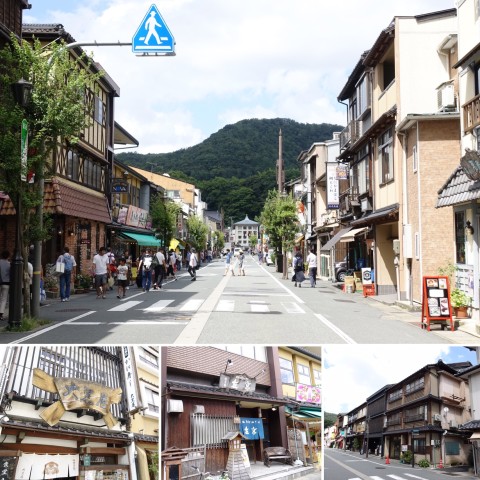
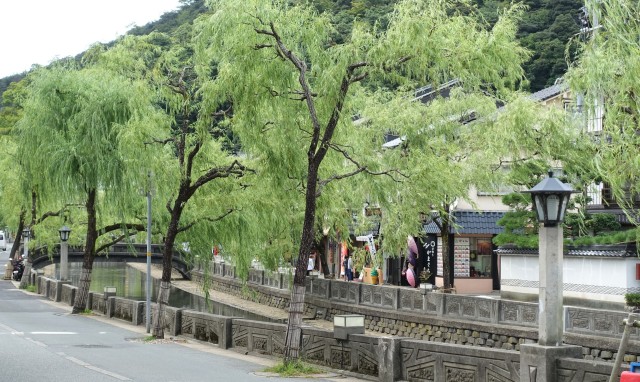
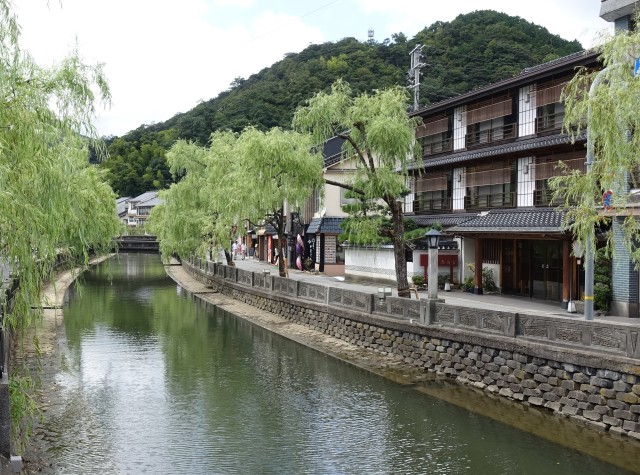
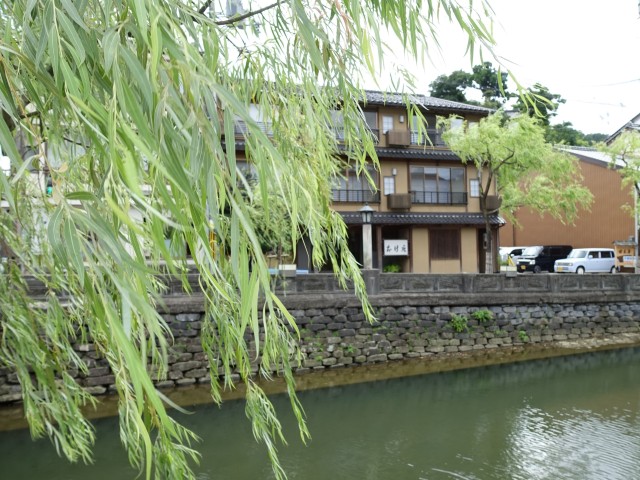
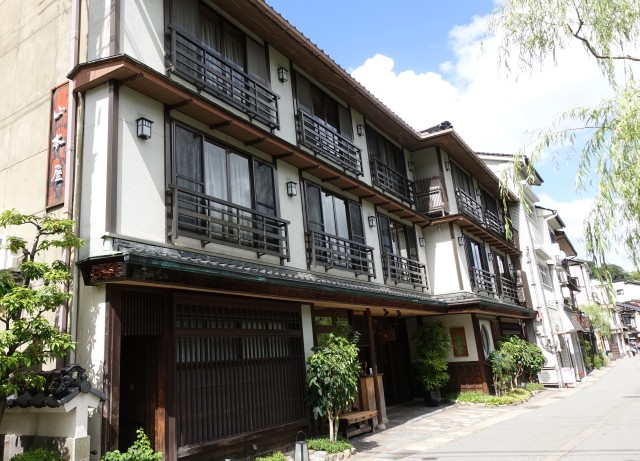

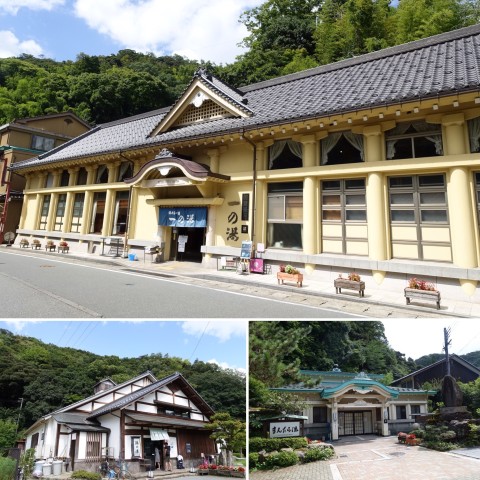
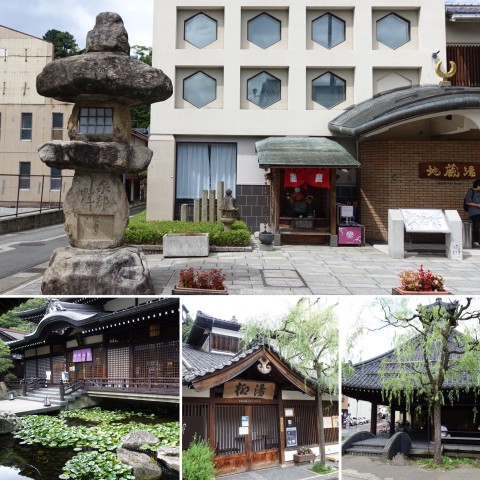
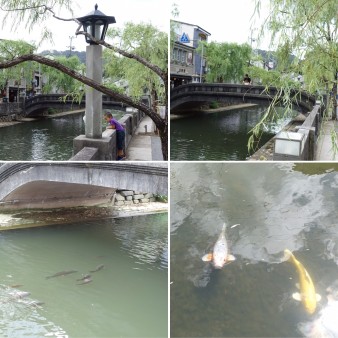


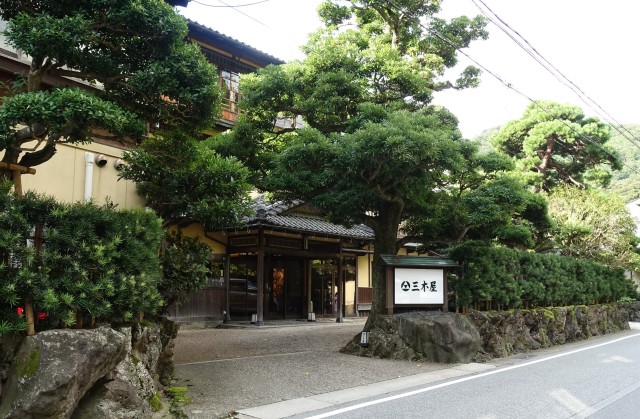
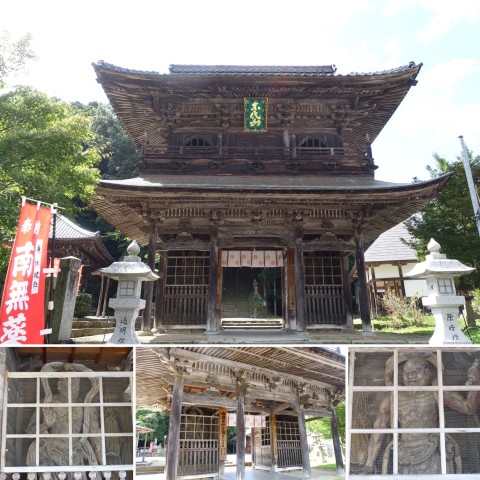
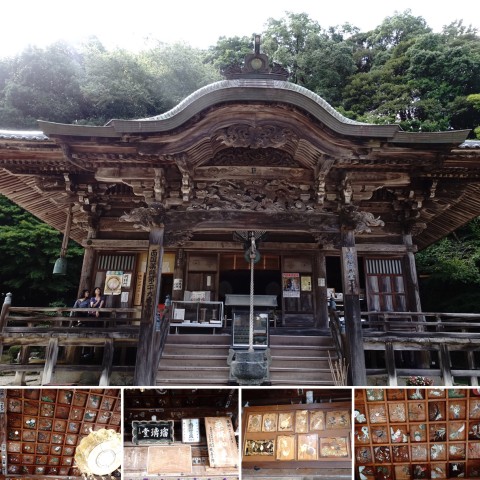
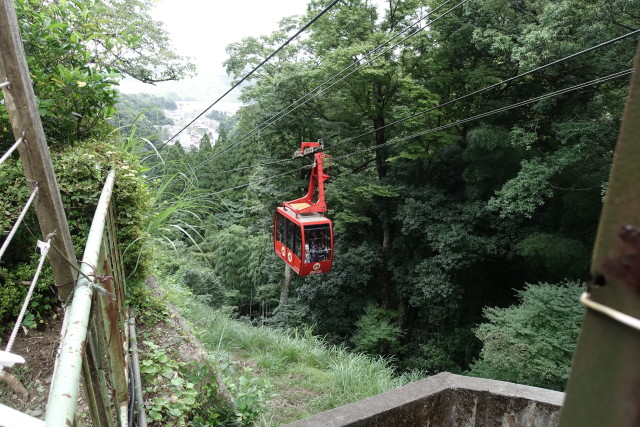
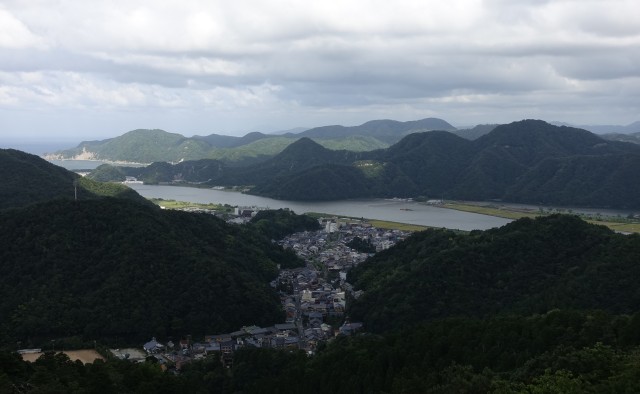
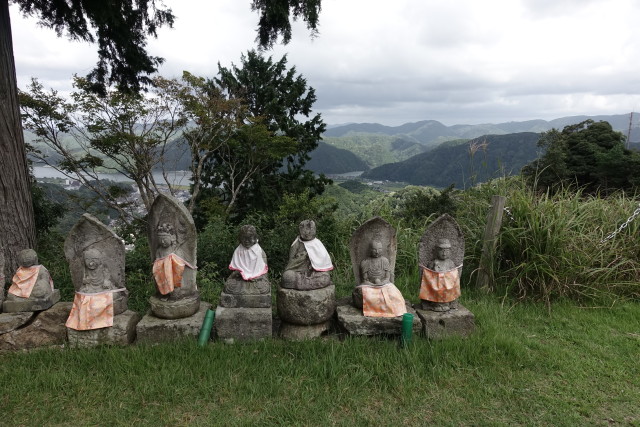
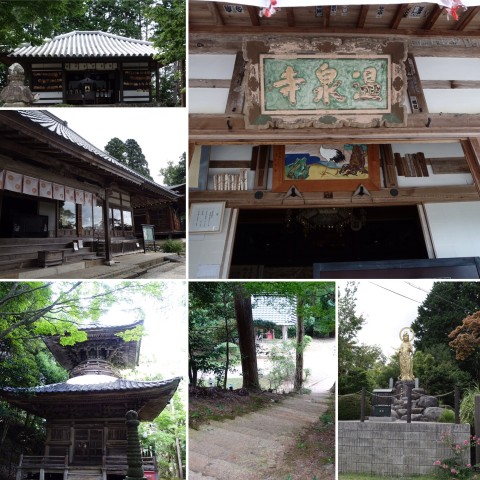
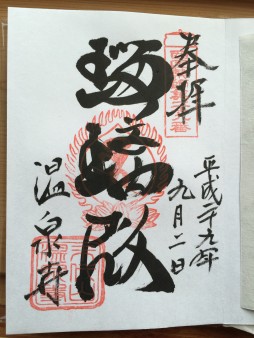
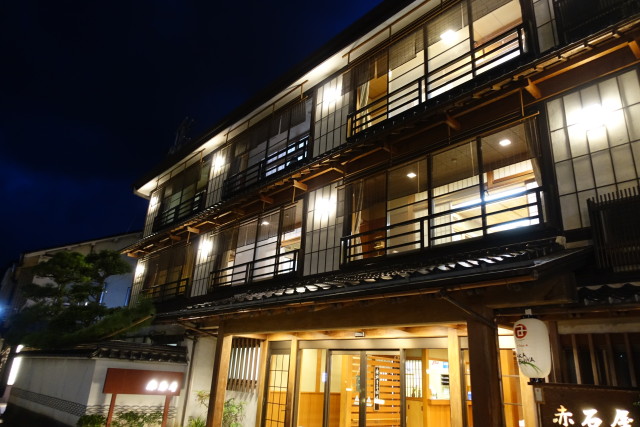
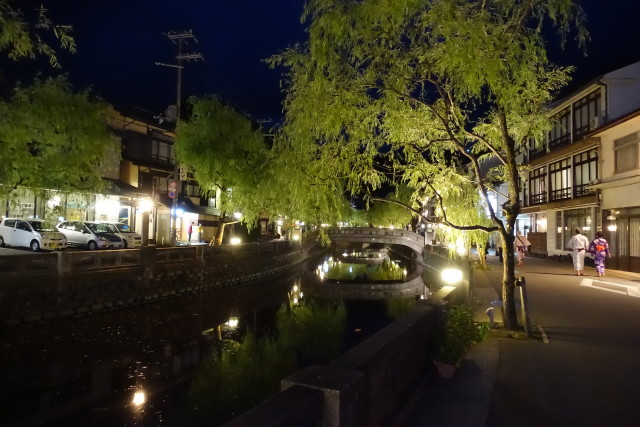
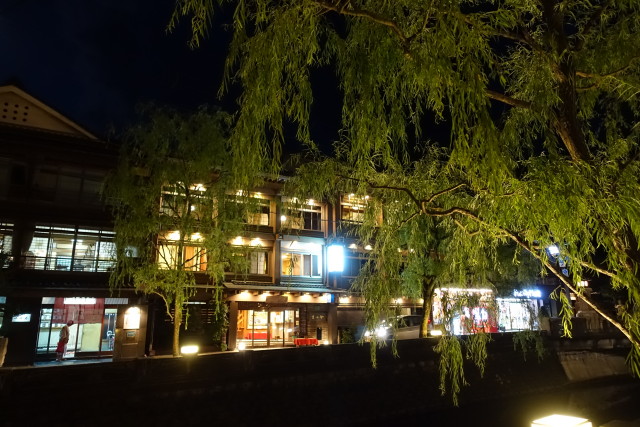
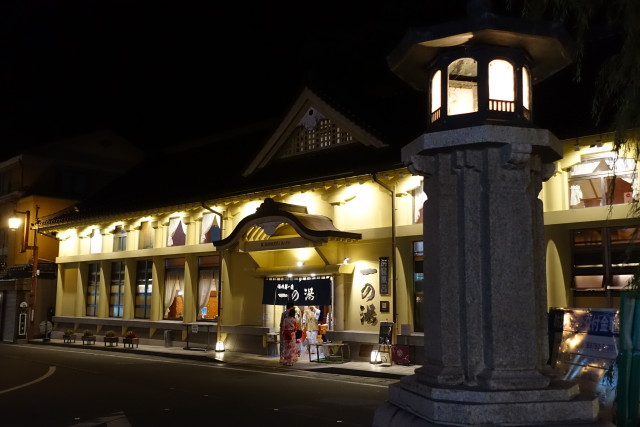
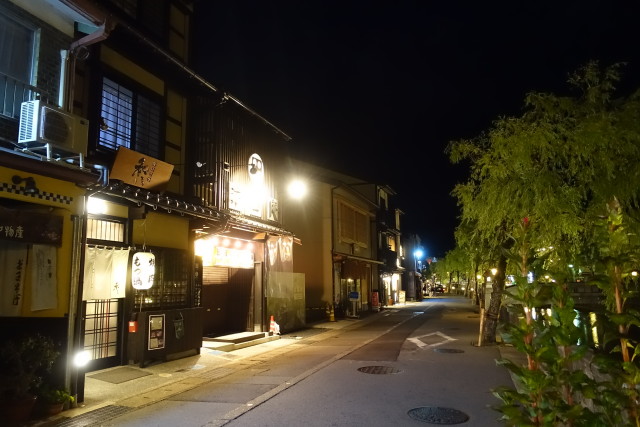

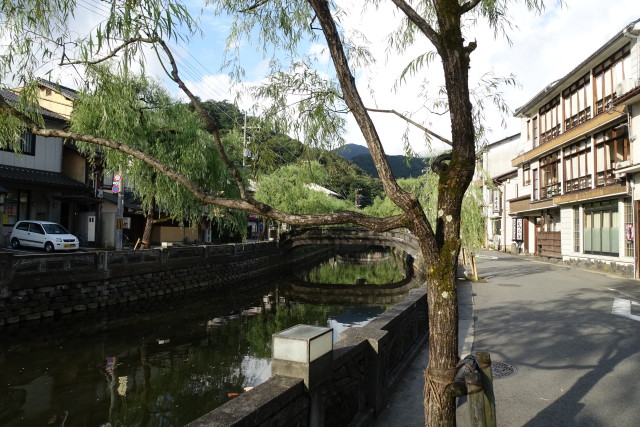
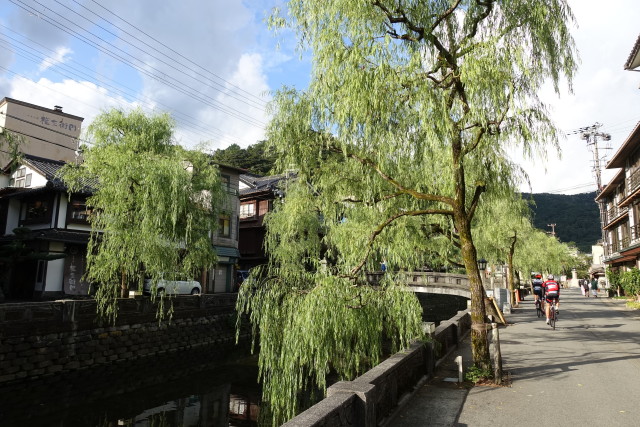
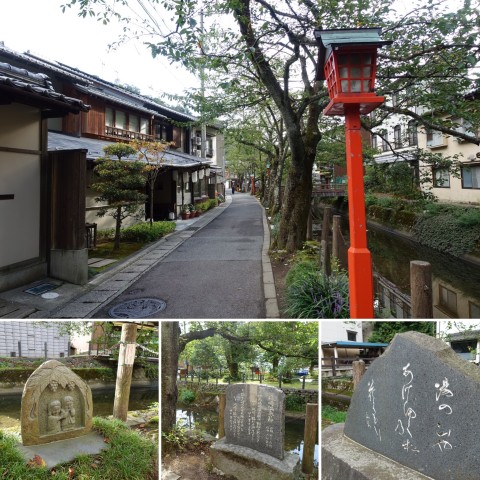
Leave a Reply